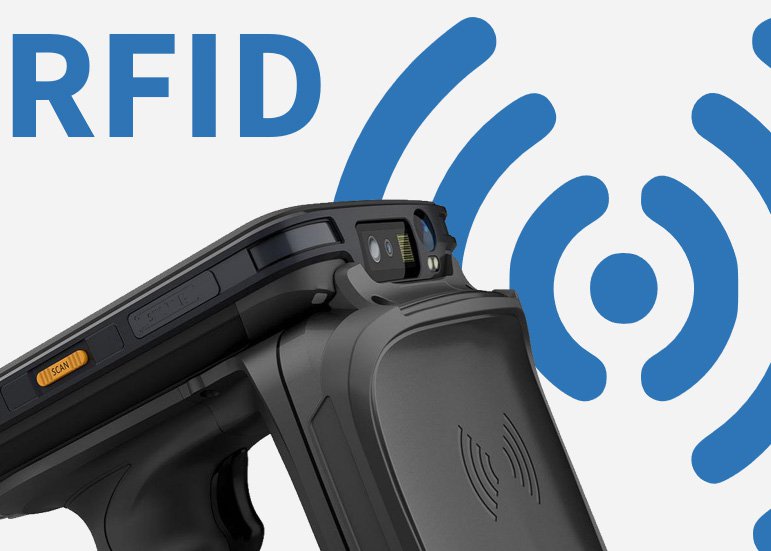
Is RFID technology useful in IT sector?
Author: Sebastian Świgoń
Each Asset Manager wonders how to manage the assets so that the information concerning it was always up to date. In the reality the end-users are constantly moving their assets, often without any notification to the Asset Management, which makes the data connected to a certain asset of less value. The monitoring and supervision over the management of the assets with the use of traditional tools takes a huge amount of time, but the inventory teams usually don’t have it. Due to the legal requirements and the necessity to carry out regular audits in the companies, people for years have been seeking successful and fast methods to make the verification of the owned assets effective. This is where the RFID technology comes in.
RFID technology in Data Center?
RFID makes it easy to track the things/objects and their relocations between rooms or localizations, which reduces the amount of people engaged in the procedure as well as its costs, and consequently increases the efficiency of the whole process.
Due to the ease and speed of operation, the last few years have brought interest in RFID technology used in the management of IT infrastructure, in particular in Data Centres. Manufacturers have prepared new types of tags for such solutions, which can be easily applied on metal housings of devices located in Data Centers. Some IT equipment manufacturers are encouraging the spread of new technology by installing active RFID tags inside the devices.
All of the above mentioned has made us consider RFID technology ideal for TALEX SA - a large IT company with a large number of IT equipment scattered across multiple locations, having two high-tech Data Centers.
How did the RFID implementation look like in Talex?
The need to implement an efficient technology facilitating inventory arose with the need to equip the new Talex Data Center in Wroclaw. The entire technical and office infrastructure in both Talex Data Centers was marked with RFID tags. Owing to this, we can easily make a periodic inventory of one of the rooms of the Data Center or a single teletechnical rack and compare it with the one located in the central CMDB database of the company.
In Talex S.A. we have applied a solution based on passive RFID tags. As part of our work, we conducted tests of RFID tags available on the Polish market and chose those that worked best in our environment. Each tag was coded with a unique number, which is reflected in the Central Database.
Eventually, the RFID tags were applied to all resources owned by our company.
Does the RFID implementation have to cover all resources immediately?
The answer is - of course not. The implementation can be carried out in stages, starting with e.g. IT equipment; then you can deal with office equipment and other fixed assets. Yet, it is essential to note that not only the time spent on labelling resources with new tags is important. Just as much time and attention has to be paid to organizing your database or creating a new one so that its condition reflects reality. The way we treat this stage will have an impact on the final report on the differences in owned resources, and later on the current maintenance of fixed assets in the organization.
Is RFID just an inventory?
It turns out that RFID has an influence not only on the inventory, but indirectly influences other activities in the company. Using RFID technology, we not only implemented an efficient inventory process, but also modified the purchasing and storage processes. This allows us to quickly gain access to up-to-date information about the inventory. Additionally, in order to optimize our internal processes, our developers have prepared the necessary tools to support RFID technology: TALINVENTORY application for RFID reader, which works under the control of the Android system and acts as a collector of data read from the resources covered with RFID tags and a new database, which we called TALGRAPH.
8 benefits of implementing RFID and TALGRAPH applications
Undoubtedly, the implementation of RFID technology in our company together with the use of proprietary support applications met with a great success and has brought us many benefits:
1. fewer employees involved in the inventory process;
2. the duration of the inventory significantly reduced due to greater efficiency;
3. the inventory process can be performed more often, depending on current needs;
4. increased effectiveness of asset identification - the sticker does not have to be visible or described in order to be read;
5. improvement of the process of registering new assets;
6. improvement of the process of planning the purchase and replacement of IT equipment;
7. increased control over the company's assets;
8. use of new competences related to RFID to improve the quality of our services.
If you need support in managing your IT infrastructure, please contact us: expert@talex.pl.